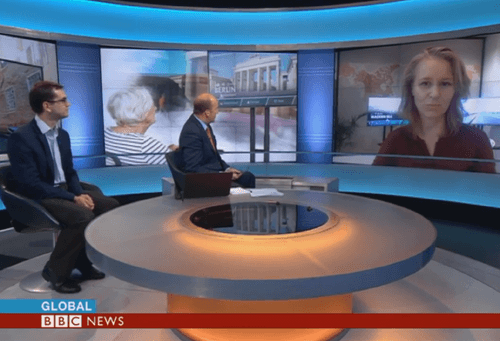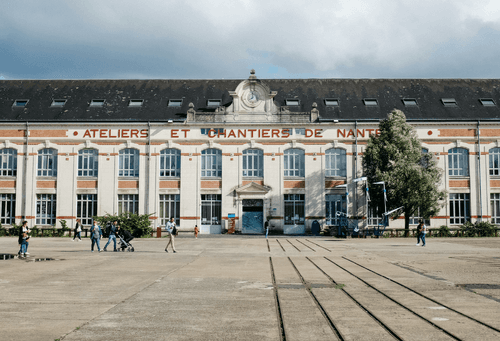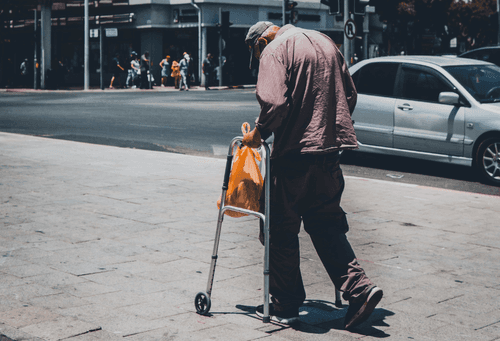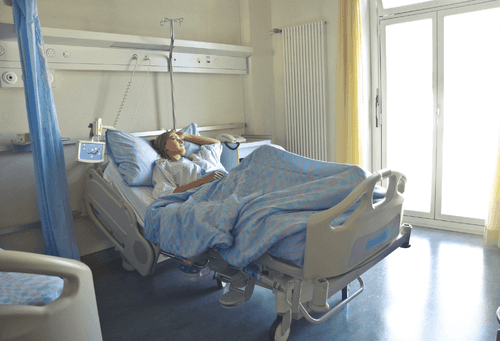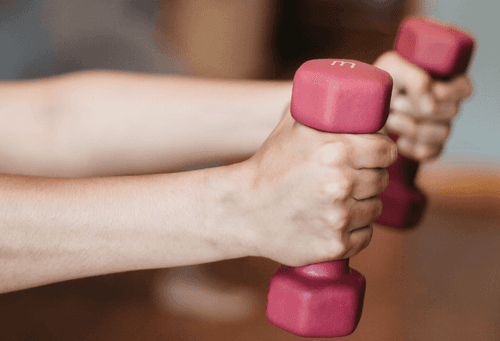Movement and elderly: how life events influence physical activity
Movement is crucial for elderly to remain healthy and active, but the influence of life events on their physical activity is a complex matter. The Dutch study "What Moves You?" examines this relationship and identifies individual, social, and contextual factors that play a role. This article presents the findings of this research and provides recommendations to positively influence the physical activity of seniors.
Individual factors: the movement capital
An important finding is the concept of "movement capital." Your movement capital is the accumulated experience and attitude towards physical activity throughout your life. In other words, have you been active in sports throughout your life? Did you enjoy it?
Elderly with high movement capital have a more positive self-image regarding physical activity and are intrinsically motivated to remain active. On the other hand, seniors with low movement capital often encounter barriers and have less confidence in their ability to engage in physical activity.
Influence of life events
Life events during old age, such as health problems, changes in social networks, and retirement, significantly influence the physical activity of elderly. Some people experience an increase in physical activity in response to these events, while others become less active. Movement capital and the perception of the value of physical activity in daily life play a crucial role in this regard.
Types of elderly
Based on their physical activity after life events, seniors are classified into four typologies: "It's fine as it is," "I need it," "I have to," and "I can't." Each type represents different attitudes towards physical activity and requires a unique approach to increase their engagement in physical activity.
Recommendations for physical activity
To positively influence the physical activity of elderly, various recommendations are made. This includes adapting physical activity offerings to the needs of different types of seniors, improving the perception of physical activity for elderly, and promoting social support and accessibility of physical activity programs. In this regard, healthcare innovations can also play a significant role. Virtual cycling makes physical activity more enjoyable for the "I need it" and "I have to" types and can also make physical activity appealing and feasible for "It's fine as it is" and "I can't" types. This is how Bike Labyrinth hopes to help change physical activity behavior for elderly.
Effective interventions for healthy aging
Understanding the complex interaction between life events and physical activity is essential for developing effective interventions that help elderly age actively and healthily. By considering individual, social, and contextual factors, communities and professionals can positively influence the physical activity of seniors and improve their quality of life.


